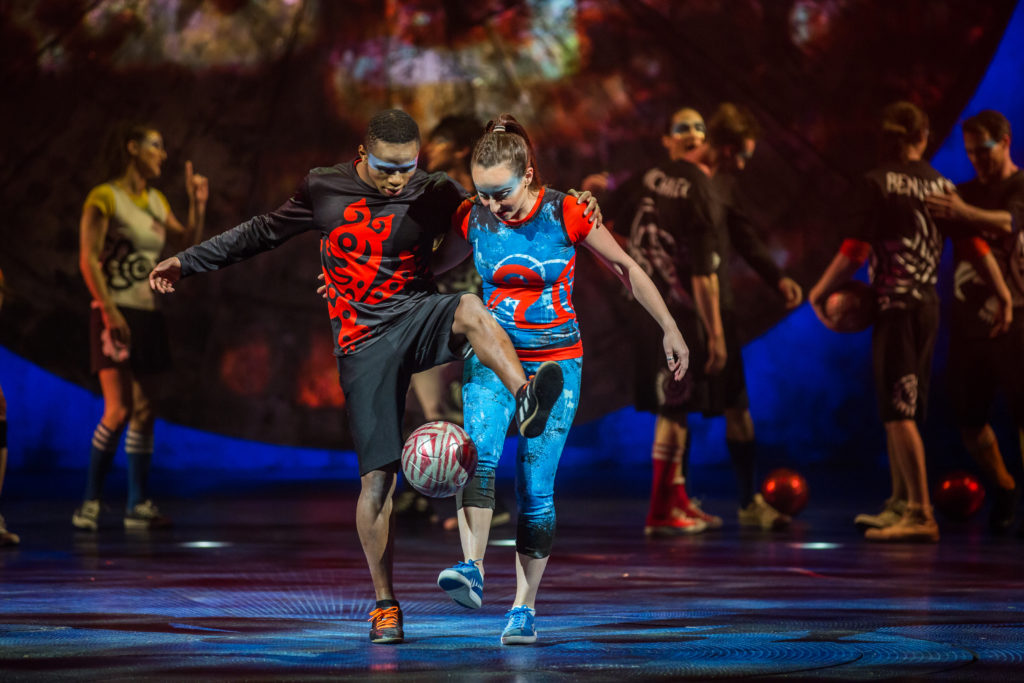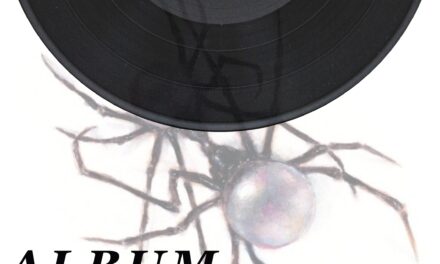Close your eyes. Let the soft songs of crickets fill your ears. As you listen to the romantic strum of a guitar, you open your eyes and behold a man in a fresh white suit in a field of orange flowers. With childlike wonder you see performers dressed as exotic hummingbirds climbing the tall rails around you. As you begin to let the sounds and colors inundate your senses, you are bombarded with the noisy commotion of an airport runway. Your captain, Captain Alfonso, notifies you of your trip to the rich land of Luzia. All is well until a clown dramatically falls out of the plane. And so the story begins.
Cirque du Soleil’s “Luzia: A Waking Dream of Mexico,” which runs from Sept. 14 to Nov. 19 at Atlantic Station, takes the audience on a culturally rich journey through various settings, including the Mexican desert, a dramatic movie set and the deep blue ocean. Luiza transports the audience to a mystical Mexican reality through jaw-dropping acrobatic feats and stunning visual artistry. In its different performances, the show displays the past and present of Mexican culture.
According to Jalbert, “Luzia” took two and a half years to craft. Producers spent one year creating the show, and the cast spent the second year practicing. The cast is composed of performers of 24 nationalities, show publicist Francis Jalbert said. While “[the directors] have a general idea of what the show will look like … together, [the performer] has some influence; each has a lot of ideas to bring in.” Because of this, no two shows are alike. The constantly changing nature of the show “keeps the show fresh,” Jalbert said.
The show took no time in wowing the crowd. The performers took hoop diving to another level, sprinting on two large treadmills in the center of the stage. The increased speed made the acts more challenging yet visually pleasing, forcing the performers to make risky jumps and dives. Audience members were left in suspense as striking red and orange hummingbirds adeptly jumped through stacked hoops, some even at the same time. Despite the occasional mistakes when hoops went crashing to the ground, the performers continued their act, diving through higher and higher hoops. “Luzia” also features a contortionist, performers who twist and jump from various upright poles and a man who can juggle seven pins at unimaginable speeds.
This year, Cirque du Soleil finally used water in their show, a feat never achieved before for the company, according to Jalbert. A Cyr wheel artist spun and rolled around the stage at shocking speeds under the raindrops while an aerialist twisted and spun gracefully through the deluge. Through a system of opening and closing valves, the showers produced animal and flower visuals. Jalbert stated that per the new water feature, there are “94,000 holes on the surface of the rotating stage.” An average of 1,500 gallons of water is used during every show. After each performance, the water is sent to a truck backstage to be purified. This water, Jalbert said, is not brought to each state they perform in. Instead, each city allows Cirque du Soleil to borrow the water and return it once they leave.
With its state-of-the-art technological capabilities, the show richly displayed the beauty and history of Mexico. According to Jalbert, with the use of more than 2,000 props, the show cleverly details the country’s rich material culture and artistry. Additionally, the content of the performance expertly incorporated aspects of Mexican identity. At one point in the show, two talented soccer street performers balanced balls on their heads while dancing. This modern act dates back to ancient native ball play, displaying a transition from past to present. In the middle of the performance, a perforated and detailed red screen descended in the middle of the stage, a direct reference to “papel picado,” a form of elaborate Mexican folk art.
In addition to the costumes, which included silver fish and crocodile headdresses, the performance displayed Mexican surrealism through the beauty and complexity of the music. The songs were adapted from all forms of Mexican tradition, mixing old, romantic classics with upbeat, celebratory beats. With the help of a full band, including trumpet, guitar and saxophone, a single woman carried the show with her majestic voice, captivating the audience with the passionate lyrics.
As the show ended and the audience streamed out of the packed seating into the crisp evening air, it became slowly clear that the performance truly lived up to its name. “Luzia” is a vivid, exquisitely detailed dream, delivered by one of the few companies in the world with the technical knowledge, but more importantly, the vision, to bring it to waking life.





